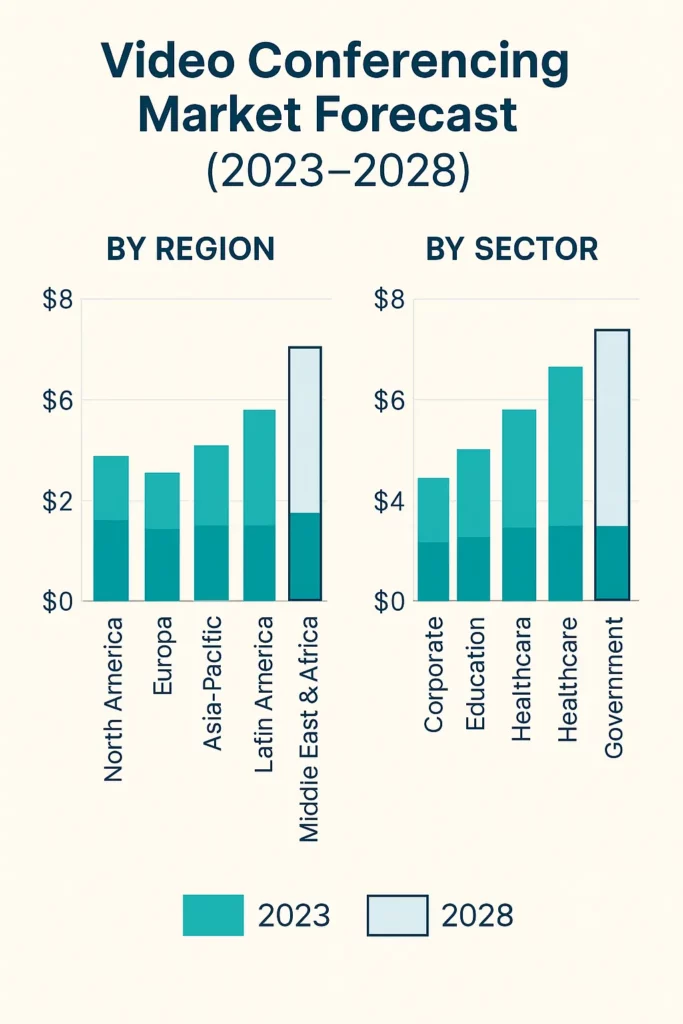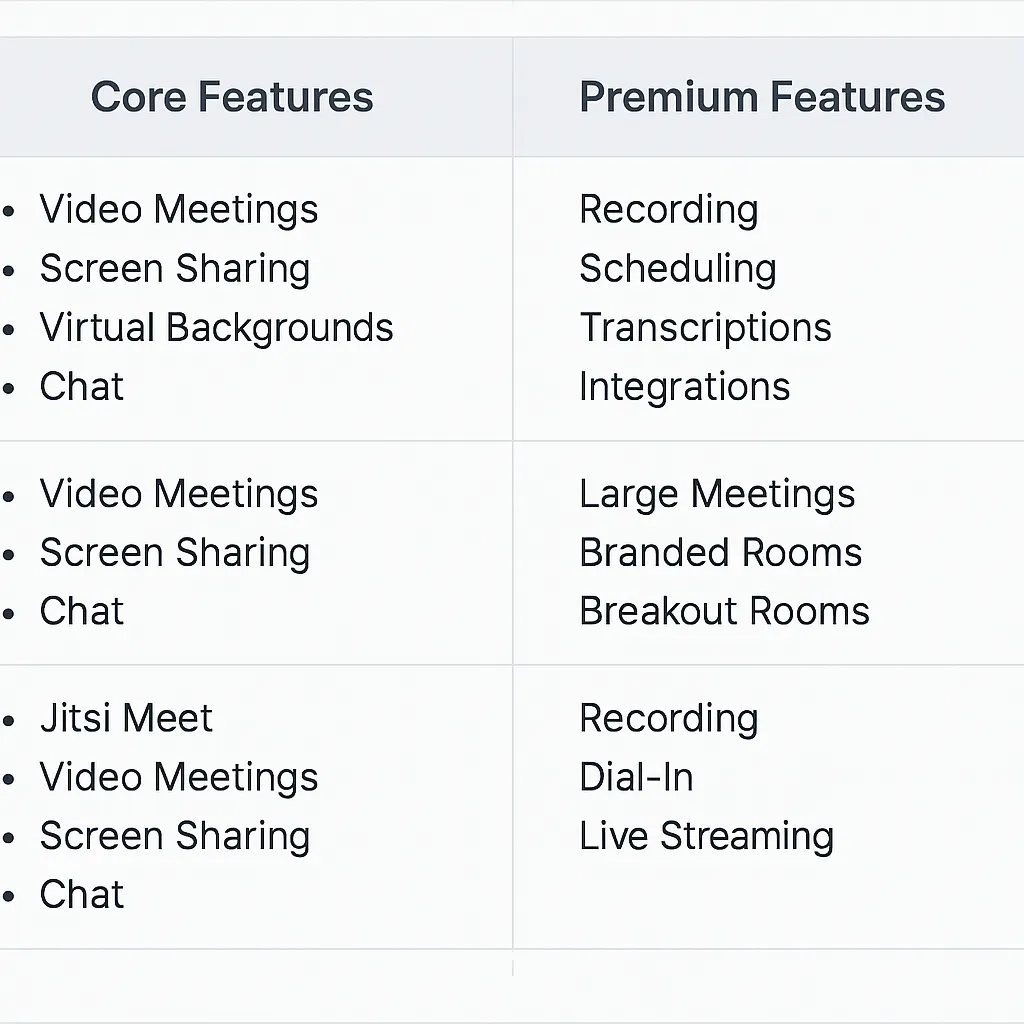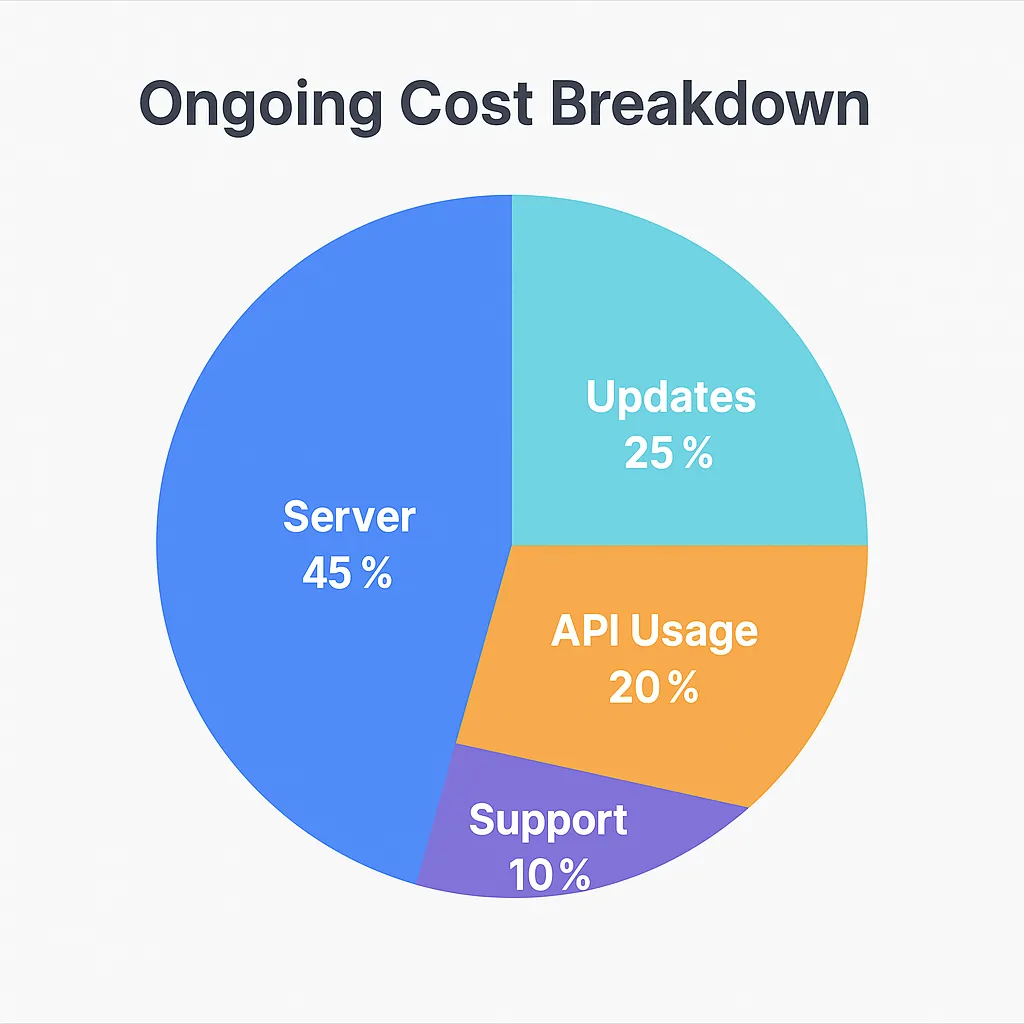Let’s rewind to 2020 — Zoom became a household name faster than you could say “you’re on mute.” Suddenly, video conferencing apps weren’t just for boardrooms. They were in classrooms, doctor’s offices, yoga studios, even family reunions. Fast forward to today, and the trend hasn’t cooled off. If you’re a startup founder or creator thinking about launching a video conferencing platform, the timing couldn’t be better.
But here’s the kicker: while the idea seems crystal clear, the actual development journey? Not so much. If you’re planning to build your own video calling platform, you’ve probably wondered: How much does it really cost to build one of these platforms from scratch? What’s worth investing in early? And more importantly — what’s a total budget-burner? We’ve heard those questions a lot.
At Miracuves, we’ve helped plenty of innovators shape their tech visions into scalable, revenue-generating apps — including Zoom-like platforms that don’t break the bank. Let’s break it down in plain English, real numbers, and some storytelling along the way.
Why Build a Video Conferencing App in 2025?
There’s more to video calling than virtual meetings. Remote work may have planted the seed, but sectors like education, telemedicine, fitness coaching, and legal consulting are now watering the demand. According to Statista, the global video conferencing market is projected to hit $13.82 billion by 2028 — and that’s not just Zoom and Microsoft Teams hogging the stage.
Even smaller players are carving out niches. Think Hopin (virtual events), Whereby (browser-first video rooms), and even gaming chat platforms like Discord. The field’s wide open for innovation — especially for startups that serve specific communities or use cases.

Read more: How to Build a Skype Clone: A Developer’s Guide to Video Conferencing Apps
Key Features That Shape Your Budget
You’ve got the big idea. Now let’s look at the moving parts that affect development costs:
1. User Registration & Onboarding
You’ll need intuitive sign-up flows, social login options, and onboarding tutorials. While it sounds basic, sloppy onboarding can spike churn rates.
Media Suggestion: UI screenshots of user onboarding flows for Zoom vs. Google Meet
2. Real-Time Video & Audio
This is the heart of your app. Integration with WebRTC, Agora, or Twilio helps streamline this, but they come with usage-based pricing. Custom-built solutions? That’s a whole different ballgame (and budget).
Pro tip: Start with a third-party SDK to validate your model, then consider custom solutions later.
3. Scheduling & Calendar Sync
Essential for B2B or coaching use cases. Syncing with Google Calendar, Outlook, etc., and adding reminders or time zone detection requires solid backend work.
4. Chat & File Sharing
No one wants to email a document mid-call. In-built chat with file drop capabilities improves user retention — but adds complexity and cost.
5. Screen Sharing & Whiteboarding
Perfect for collaboration-heavy users — educators, developers, consultants. Worth the extra dev hours if this is your app’s unique angle.

The Development Cost Breakdown
Now, let’s get to the numbers. These are based on averages across multiple startup builds and include design, development, and testing:
| Feature Area | Estimated Cost (USD) |
| User Onboarding & Profiles | $4,000 – $6,000 |
| Video/Audio Integration | $8,000 – $15,000 |
| Chat & File Sharing | $3,000 – $5,000 |
| Scheduling Features | $2,000 – $4,000 |
| Screen Share & Whiteboarding | $5,000 – $8,000 |
| Admin Dashboard & Analytics | $3,000 – $6,000 |
| UI/UX Design | $4,000 – $7,000 |
| QA & Deployment | $2,000 – $4,000 |
| Total Ballpark | $30,000 – $55,000 |
Want to keep things lean? Consider starting with a Zoom Clone — it accelerates go-to-market and trims costs significantly.
Read more: Best Skype Clone Scripts in 2025: Features & Pricing Compared
Build from Scratch vs Clone-Based: Which Way to Go?
Some founders dream of crafting every pixel from zero. Others just want to hit the market fast. Here’s a reality check:
Scratch Build
- Pros: Total freedom, proprietary tech, investor-friendly
- Cons: Slower, expensive, riskier
Clone-Based (a.k.a. pre-built base)
- Pros: Saves time and money, proven architecture, modular
- Cons: Limited flexibility unless customized deeply
At Miracuves, we customize clone apps so they don’t feel cloned. You get the speed of a ready base, without sacrificing uniqueness.
Hidden Costs You Need to Budget For
It’s not just about development. Factor in:
- Server & Streaming Costs: AWS, Azure, or DigitalOcean bills can climb fast with live streaming.
- Compliance & Security: GDPR, HIPAA, and ISO matters if you’re handling sensitive user data.
- Third-party Integrations: Payments, analytics, CRMs — each adds cost.
- Maintenance & Updates: Budget at least 15–20% of the build cost annually.

Real-World Use Cases (and What They Taught Us)
We worked with a startup that wanted a Zoom alternative for online therapists. Initially, they went heavy on features — breakout rooms, live polls, the works. But it tanked during testing. Why? Too complex for their audience. We helped them reframe around simplicity — just secure video calls, session tracking, and private notes. Their churn dropped by 40%.
Moral? Start with your core use case, not your feature wishlist.
Conclusion
You don’t need to out-Zoom Zoom to win. A focused, niche-friendly, affordable app can outperform bloated ones — if done right. Think smart, build lean, and iterate based on real user needs.
At Miracuves, we help innovators launch high-performance app clones that are fast, scalable, and monetization-ready. Ready to turn your idea into reality? Let’s build together.
FAQs
Q:1 How long does it take to build a video conferencing app?
If starting from scratch, expect 4–6 months. With a customizable clone base, you can go live in as little as 6–8 weeks.
Q:2 What’s the cheapest way to validate my idea?
Use a clone-based MVP. It’s affordable, fast, and lets you test your audience without overspending.
Q:3 Can I monetize a video conferencing app?
Absolutely. Use models like freemium tiers, pay-per-use, subscriptions, or white-label licensing.
Q:4 Is it safe to use third-party APIs like Agora or Twilio?
Yes, but review their pricing tiers and compliance support. They’re industry leaders, but costs can escalate with usage.
Q:5 Do I need a backend team for maintenance?
Yes — or you can opt for a development partner (like Miracuves) to handle updates, monitoring, and scale support.
Q:6 Can video conferencing apps work in low bandwidth areas?
They can, if optimized correctly. Adaptive bitrate streaming and server-side tech like SFU (Selective Forwarding Units) help a lot.
Related Articles:








